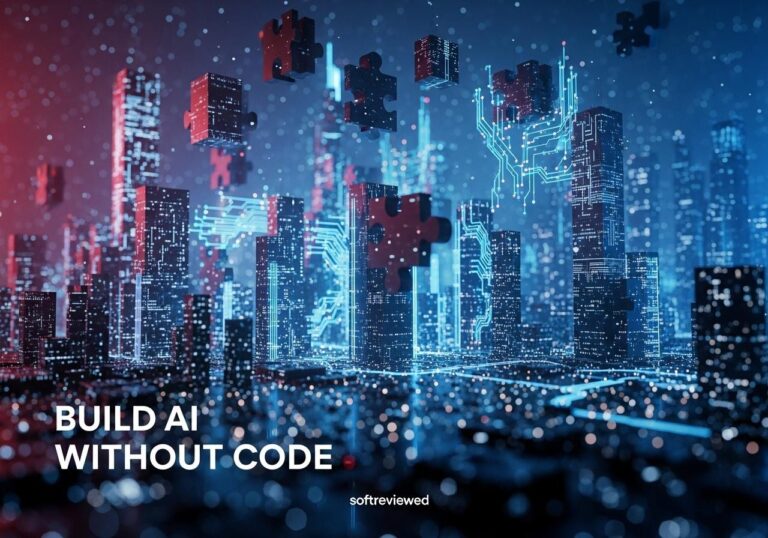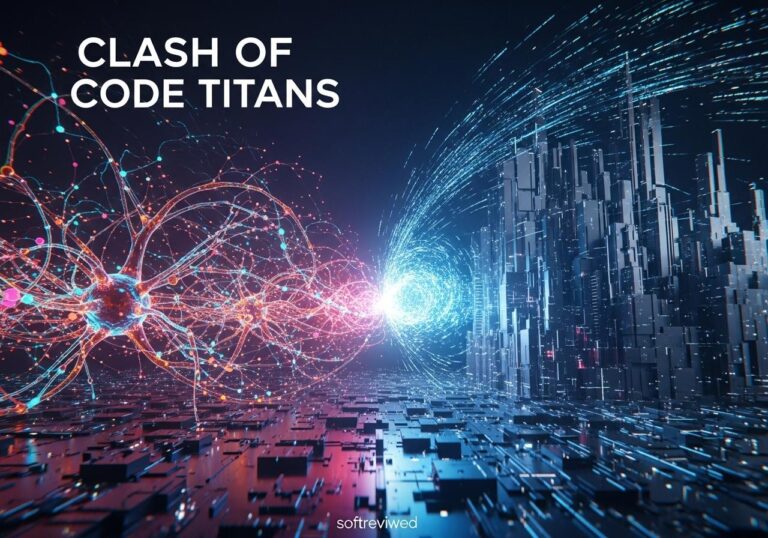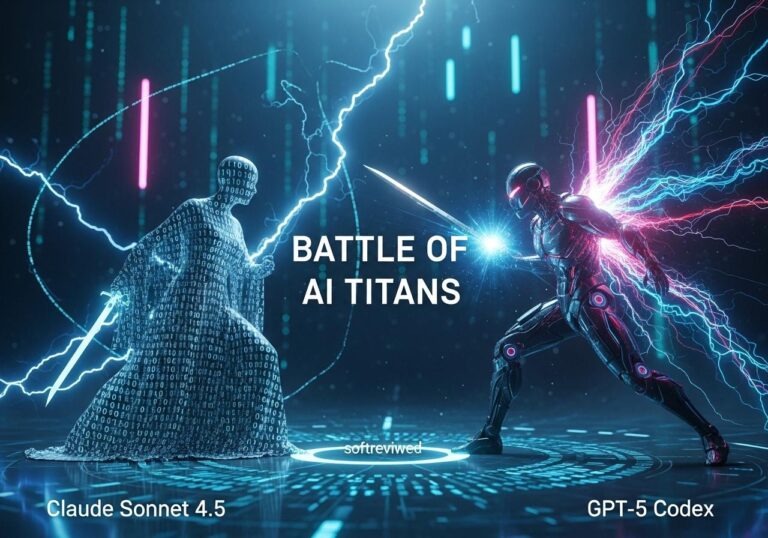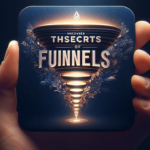NVIDIA Nemotron Models
Model Families
Llama Nemotron and Cosmos Nemotron models available as hosted APIs and downloadable models, optimized for AI agent development.
Model Sizes
• Nano: Cost-effective, low-latency
• Super: High-accuracy, single GPU performance
• Ultra: Highest-accuracy for data centers
NVIDIA NeMo Features
Model customization, data curation, and performance optimization with NeMo Retriever for enhanced generation capabilities.
Deployment Options
Available on NVIDIA AI Enterprise platform and Amazon Bedrock Marketplace. Deploy on cloud, data centers, PCs, and workstations.
Performance
Nemotron 15B shows 256x scaling on H100 GPUs. Nemotron 340B demonstrates improved flops utilization and token throughput.
Partnerships
SAP and ServiceNow lead integration efforts with flexible open model license for customization.
NVIDIA's Nemotron LLMs: Powering the Agentic AI Revolution
The world of artificial intelligence is rapidly evolving, and NVIDIA is once again at the forefront with its groundbreaking Nemotron family of large language models (LLMs). These aren't just incremental improvements; they're purpose-built to drive the next era of AI: agentic AI. This article delves deep into the Nemotron models, exploring their capabilities, performance, and what they mean for the future of intelligent systems. 🚀
What Exactly is Agentic AI and Why Should You Care?
Before we dive into the models themselves, let's clarify agentic AI. 🤔 Unlike traditional AI that passively responds to prompts, agentic AI empowers systems to act autonomously to achieve complex goals. These systems aren't merely reactive; they can plan, execute, learn, and adapt. This shift unlocks transformative potential across a wide array of industries by automating complex workflows and offering intelligent decision-making. This is a significant evolution that promises to redefine how we interact with technology.
The Nemotron Family: A Trio of Power
NVIDIA's Nemotron family is strategically designed to address the diverse needs of agentic AI development. The family is split into two core branches: Llama Nemotron for text-based tasks and Cosmos Nemotron for multi-modal (vision and language) understanding. Crucially, both branches are offered in three sizes: Nano, Super, and Ultra, each targeting distinct deployment scenarios.
- Nano: Optimized for low-latency, cost-effective applications on devices such as PCs and edge devices.
- Super: A balance of high accuracy and throughput, ideal for single GPU deployments.
- Ultra: Designed for the highest accuracy and performance in data center environments.
Let's take a closer look at each model variant.
Llama Nemotron: The Text-Based Foundation
Built upon the foundation of Meta's Llama models, Llama Nemotron models are engineered for exceptional performance in text-based agentic applications. These models excel at tasks like instruction following, code generation, and complex mathematical reasoning. NVIDIA has meticulously optimized these models for efficiency and precision, particularly with the Llama-3.1-Nemotron-70B variant serving as a flagship. This focus allows businesses to create specialized AI agents for applications ranging from customer support to fraud detection and supply chain management.
Cosmos Nemotron: Bridging the Gap Between Vision and Language
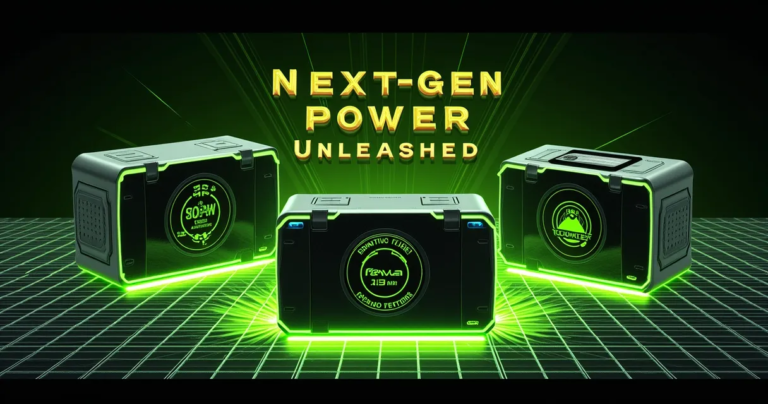
For AI agents that require an understanding of the visual world, Cosmos Nemotron provides the solution. These are vision language models (VLMs) capable of interpreting both images and videos in real-time. Cosmos Nemotron enables a new era of AI agents that can actively analyze and react to visual input, making it valuable across industries from manufacturing and healthcare, to autonomous systems, and retail. Like the text-based models, Cosmos Nemotron also comes in Nano, Super and Ultra variants.
A Deep Dive into Performance: Benchmarking the Nemotron Lineup
While specific benchmark data on all variants is still emerging, here's what we know:
Llama-3.1-Nemotron-70B (Ultra): The Flagship
The Llama 3.1-Nemotron-70B model is the most extensively benchmarked in the Nemotron family and consistently outperforming established models. It represents the Ultra tier in the Llama Nemotron lineup. Let's examine the key results:
- Arena Hard: Achieves a score of 85.0, surpassing both GPT-4o (79.3) and Claude 3.5 Sonnet (79.2).
- AlpacaEval 2 LC: Scores 57.6, exceeding Claude 3.5 Sonnet (52.4).
- MT-Bench: Outperforms the competition with a score of 8.98.
These results confirm the 70B model as a leader in terms of model performance and instruction-following accuracy. However, this model requires substantial computational power, and is designed for data-center applications.
Nemotron Nano: Optimized for Efficiency
The Nano variants are designed for resource-constrained environments like PCs and edge devices. They are optimized for:
- Low Latency: Enabling real-time processing and decision-making.
- Cost-Effectiveness: Reduced computational requirements make them suitable for various budgets.
- RTX AI PC Integration: Optimized for performance on NVIDIA RTX AI PCs and workstations.
The Nano variants prioritize real-time inference and efficiency, suitable for scenarios where responsiveness is crucial, though some model capacity may be reduced to achieve the low latency required by these use cases. Specific benchmarks for Nano variants are still developing.
Nemotron Super: Power and Performance
The Super variants offer a balance between high performance and efficiency on a single GPU. Key characteristics include:
- Exceptional Throughput: Delivering fast processing speeds.
- Single GPU Deployment: Optimizing resources and reducing complexity.
- High Accuracy: Maintaining good levels of accuracy and instruction following.
The Super models are designed to provide a solid balance, making them ideal for tasks where high throughput is crucial. Specific benchmarks will be available as they are released, but the core goal of this model variant is to provide strong performance without relying on the full capacity of multi-GPU servers.
How Does Nemotron Stack Up Against the Competition?
While direct comparisons across all model sizes are limited, here’s a general overview:
- Ultra (Llama-3.1-Nemotron-70B): Outperforms leading models like GPT-4o and Claude 3.5 Sonnet on key metrics like Arena Hard, AlpacaEval 2 LC, and MT-Bench.
- Nano: Focuses on edge deployment, competing with models like smaller variants of Llama models designed for low-resource scenarios. While they may have fewer parameters, these are optimized to maintain acceptable levels of performance in their specific areas.
- Super: Competes with mid-range LLMs, providing excellent single GPU performance and throughput. This balances power and computational efficiency.
The Nemotron family’s advantage lies not just in raw power but in its open nature, its focus on agentic capabilities and the specific optimizations it makes for these three size variants. The below table further illustrates this:
| Model Variant | Target Use Case | Key Strength | Benchmarking Availability |
|---|---|---|---|
| Llama-3.1-Nemotron-70B (Ultra) | Data centers, high-end servers | Highest accuracy, top performance | Extensive benchmarking available |
| Llama Nemotron (Super) | High-performance single GPU deployment | Excellent throughput and accuracy | Benchmarking details still emerging |
| Llama Nemotron (Nano) | PCs, edge devices, low latency | Low latency, cost-effectiveness, efficiency | Limited benchmarking available |
Unlocking the Power: Diverse Applications of Nemotron LLMs
The versatility of Nemotron makes it suitable for a wide array of use cases:
- Customer Service: Building intelligent AI agents that can handle customer inquiries and support needs.
- Fraud Detection: Automating the identification of suspicious activities with autonomous agents.
- Supply Chain Optimization: Deploying AI agents to improve inventory, logistics, and resource management.
- Healthcare: Assisting doctors with diagnosis, patient monitoring, and personalized treatment plans.
- Manufacturing: Improving quality control, predictive maintenance, and resource optimization.
- Retail: Enhancing inventory management, customer interaction, and personalized recommendations.
- Autonomous Systems: Powering autonomous vehicles, robots, and automated systems.
Real-World Impact Across Industries
The impact of Nemotron is already being seen across various sectors. Major platforms are leveraging the models for AI agent workflows. Healthcare benefits from enhanced diagnostics, while the scalability allows for deployment across various environments. Nano models are ideal for low-latency applications on edge devices and PCs while Ultra models power complex cloud-based deployments.
Getting Started: Deployment and Access
NVIDIA has ensured that Nemotron models are easily accessible for developers through:
- Hugging Face: Access to model weights for fine-tuning.
- build.nvidia.com: NVIDIA's platform for accessing models and tools.
- NVIDIA NIM Microservices: Microservices for easier deployment.
- Amazon Bedrock Marketplace: Cloud-based deployments via AWS.
- NVIDIA Developer Program: Provides access to the models and necessary tools.
This multi-pronged approach provides options for developers to deploy AI agents across many environments.
Pricing and Availability: Understanding Your Options
NVIDIA emphasizes the open nature of the Nemotron models. The Llama-3.1-Nemotron-70B is open-source, primarily available on Hugging Face and NVIDIA's platform. While costs for NIM microservices vary, there is a focus on cost-effectiveness. Token pricing depends on the vendor, but typically averages around $0.27 per 1M tokens (blended pricing) though costs will vary by provider and deployment options. Nano model variants are expected to have lower costs than their larger counterparts. It is recommended to check the official pricing pages of each provider to make the best informed decision for your particular use case.
You can find more information regarding pricing for the Llama-3.1-Nemotron-70B model on ArtificialAnalysis.ai.
The Future of Agentic AI: What’s Next for Nemotron?
NVIDIA's Nemotron models signal the beginning of the agentic AI era. These models are the foundations upon which future autonomous AI agents will operate. Future developments will likely focus on improvements to model accuracy, efficiency, and adaptability. The Nano, Super, and Ultra model lineup will expand, targeting specific deployments and allowing for a new paradigm of AI solutions.
How is the Performance of NVIDIA’s Nemotron Models Impacted by Competition from DeepSeek’s Janus Pro?
The performance of NVIDIA’s Nemotron models faces significant challenges due to competition from DeepSeek’s Janus Pro. As industry leaders vie for market dominance, analysts are closely monitoring how market sentiment shifts, particularly regarding how nvidia stock impacted by janus pro influences investor confidence and future growth prospects.
Shaping the Future of AI: The Broader Impact
NVIDIA’s Nemotron LLMs will make AI more accessible and powerful, allowing developers to build advanced AI applications. This increased innovation will benefit everyone. The emphasis on open-source means the AI community will continue to experiment, with the potential for new and unexpected solutions. 💡The combined power and scalability of the Nano, Super, and Ultra variants ensure that there is a Nemotron model that is suitable for all project requirements.
In conclusion, the Nemotron family is more than just a collection of new models; it's a catalyst for a new wave of AI-driven systems and applications. Agentic AI is taking the stage, and NVIDIA is at the center of its rise. It's certainly a technology to keep an eye on.
NVIDIA Nemotron Model Parameters Comparison
This chart compares the parameter sizes of different NVIDIA Nemotron models, showcasing their relative computational capacities.

